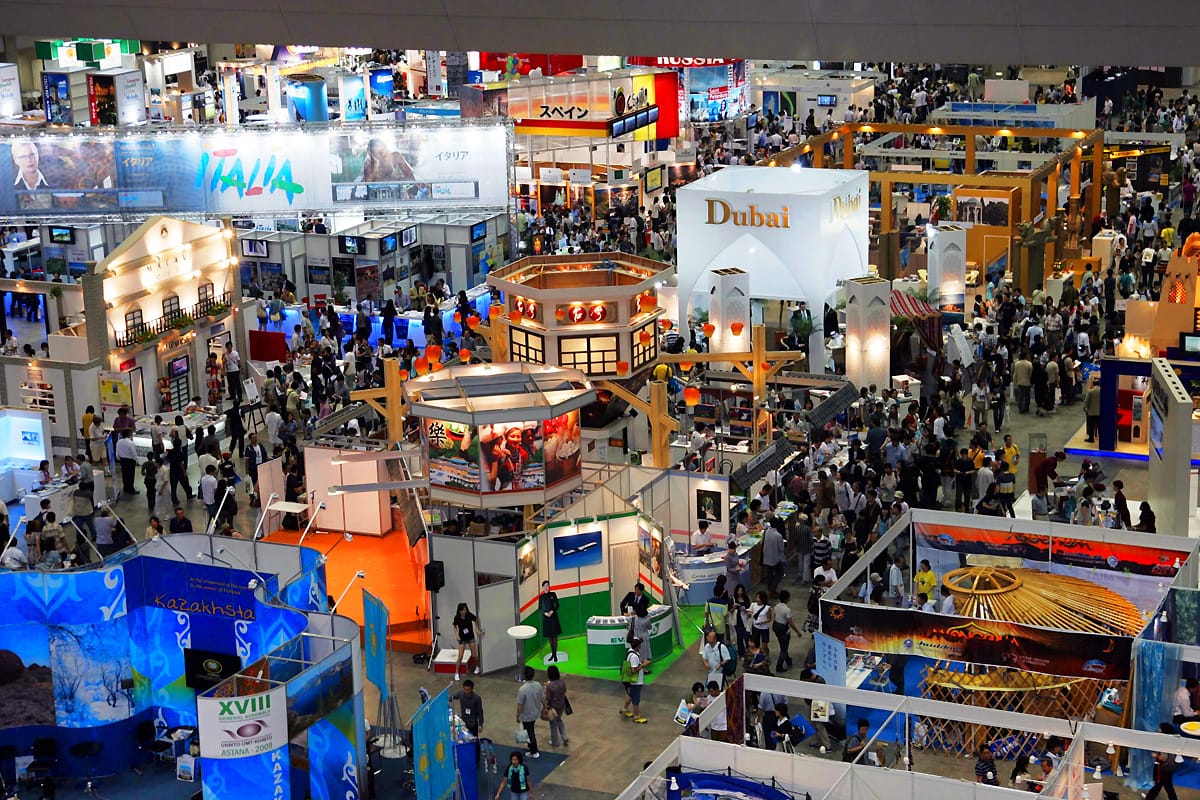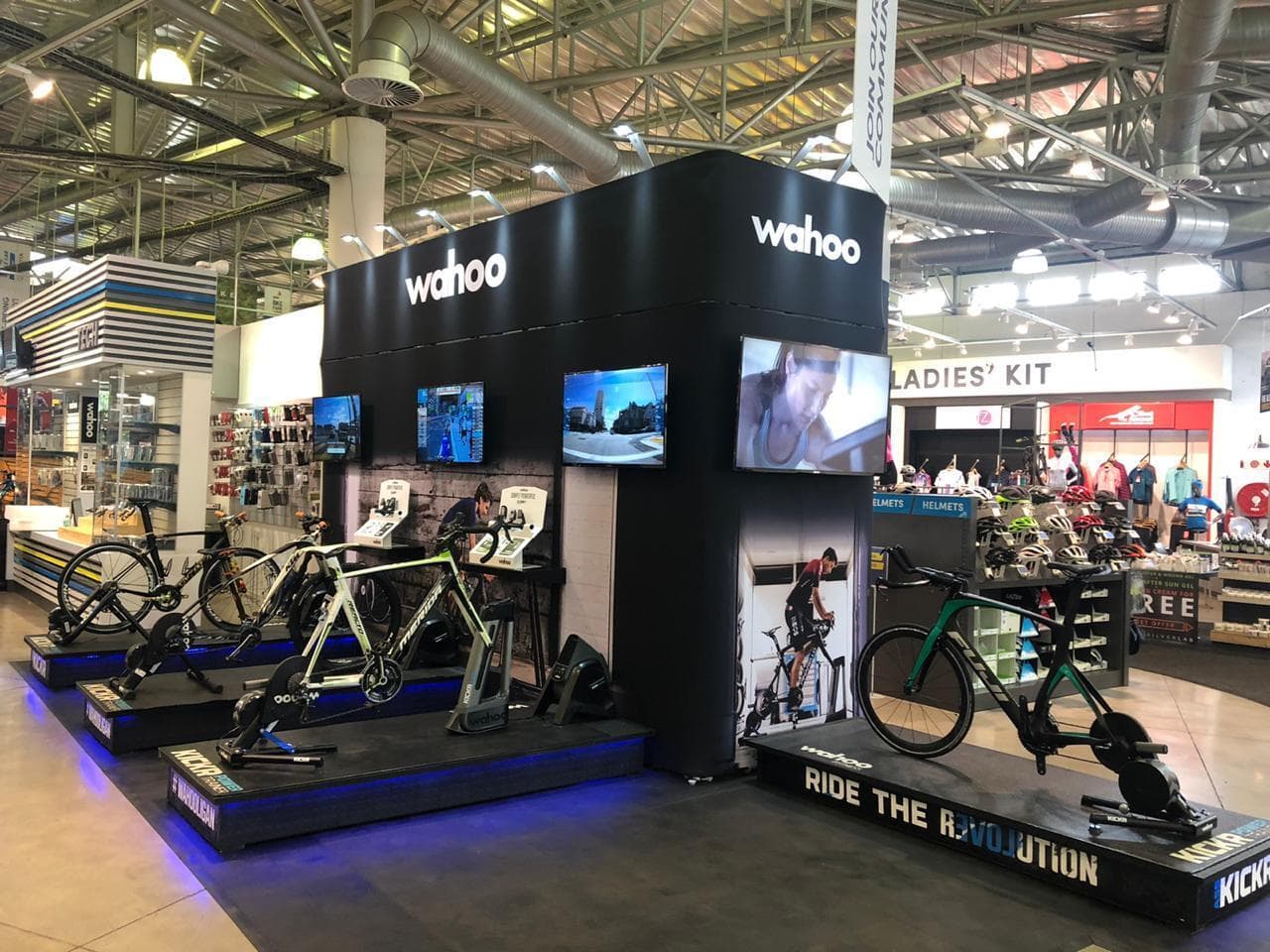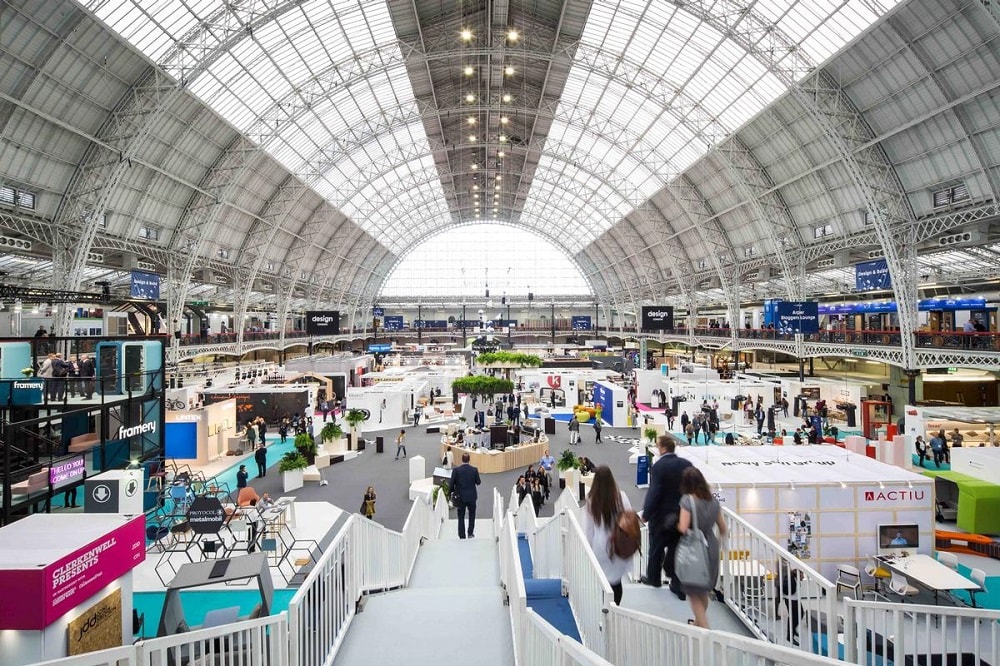
Trade shows, and the events industry at large, do not have the best reputation when it comes to sustainability. The waste that accumulates, particularly at large events, can rise to huge sums. However, with more and more consumers becoming environmentally conscious, organizers have a vested interest in taking steps to reduce the footprint of their events. How can they achieve this? Through a combined strategy of digitisation, smart venue choice, reusable exhibition stands, and limited catering providers.
77% of the population now sees environmental damage as a serious concern
Thankfully, rather than branded a clan of hemp-wearing conspiracy theorists, the sustainability activists have grown to acquire a mainstream following, with 77% of the global population now viewing environmental damage as a serious concern. Each industry is having to look at its own processes to assess its culpability (some more than others), as the tide of popular opinion turns increasingly eco-centric. What of the exhibition industry? What can be done, what should be done, and what is being done currently to adhere to these new standards?
Unfortunately, the events industry is not the easiest to turn ‘green’. In 2019 it was reported that the UK events industry emits 1.2bn kg of CO2 per year, partly due to unoptimised diesel generators rendering air quality in green areas worse than in major cities. Events produce a huge amount of waste, with swag bags, single-use banners, single-use booths, flyers, giveaways, and many items of paraphernalia designed with the good intention of titillating attendees, that ultimately end up somewhere lodged in a turtle’s airways. However, there are steps that can be taken to cut down on these waste products that are steadily clogging up the planet’s pores.
The top 5 ways exhibitions can reduce their environmental footprint that we will cover in this post are:
- Digitising as much as possible
- Green and convenient venue choice
- Reusable exhibition stands
- Replace printed promotional items with digital files
- Selecting the right caterer to minimise waste
1. Digitising as much as possible

Digitisation has been thrust forward at breakneck speed, as reducing paper and material contact is preferable for the environment. Any and all processes that can be digitised, should be, such as ticketing, accommodation planning, and pre-event advertising.
Some activists have begun declaring that digitisation should be expanded to the point where events are actually held virtually. From an environmental perspective, this is indeed beneficial, but also defeats the entire point of an ‘event’ in the first place (opening a Zoom tab does not equate to attending an event).
So how far can the industry go in this eco-digital pursuit? The great barrier we are unable to cross is seemingly that of the physical venue. By definition, an event requires people to gather in a given location, and waste is an inevitable byproduct. However, the elimination of handouts and flyers, increasing use of digital screens to display information are all positive steps that can be taken.
Solution: Use digital screens to display information and online e-tickets to reduce waste build-up.
2. Green and convenient venue choice

Arguably one of the most important decisions an event planner makes, venue choice has a significant impact on the footprint left by an event. Opting for a venue that is powered by renewable energy and with a carefully considered approach to waste handling is essential for earning the ‘green’ stamp of approval. Another component is transportation: if the event will be attracting international visitors, choosing a location that requires multiple connecting flights drastically increases emissions. Locations that are accessible via direct flights are much more sustainable.
Solution: Select easily accessible venues running on renewable energy and with an intelligent approach to waste management.
3. Reusable exhibition stands

For trade shows, if there is one single element of infrastructure to consider, it’s the exhibition stand. Historically, these have been single-use, one-off structures, designed to suit a specific show and a specific space. Traditional building methods, using a timber frame, panels, paints, glues, and plastics, resulting in stands that have to be completely torn apart to deconstruct. While more and more companies are turning to reusable solutions, the largest stands in the hall generally still use this method. At the end of the show, the materials end up in a skip, incurring yet more costs with the immense transportation required to transfer them offsite.
What should the industry be doing, moving forward, to avoid producing this surplus? As important as environmental sustainability is, so is financial viability, or the changes will not survive the test of time. As such, building 100% eco-friendly stands is currently not an option. However, a way to dramatically reduce stand building footprint is using modular, reusable stands. Companies like Black Robin Exhibits has been supplying individual frames that have been in use in the exhibition circuit for nearly 20 years, with 25 to 30 uses per year, amounting to a total of 500 applications.
With a modular stand, exhibitors are able to reduce their total exhibition cost whilst maintaining a relatively low footprint, by extending the stand life cycle so dramatically. An added bonus is modular stands are collapsible and thus transportable by vans rather than their bigger, gas-chugging counterpart, the lorry.
Solution: Use modular, reusable stands with some customisable features to remain financially viable and environmentally sustainable.
4. Replace printed promotional items with digital files
There has always been a certain tension between the more radical green activists in favour of rapid, drastic change, and the professionals (such as those in the events industry) who still must make a living, and prefer practical changes implemented over time that will not sink their business. Many small-business owners feel they need to offer a selection of pamphlets and informative literature about their business or else risk missing out on opportunities to hook otherwise-interested customers.
In reality, many, if not most pamphlets, are picked up (perhaps out of politeness) and promptly discarded into the nearest bin. In a large-scale event, these materials add up to a huge sum. In the digital age, the best way of offering individuals the chance to connect with your business is via a scannable QR code somewhere in plain sight. Not only is this easy and cheap, but it also demonstrates that your business takes the environmental issue seriously — which might even attract more visitors.
Solution: Exhibitors can use scannable QR codes as a means of disseminating information, rather than piles of handouts.
5. Selecting the right caterer to minimise waste

Food and drink will inevitably be served at any event. I’m sure many of you have seen those unsightly photos of a post-festival cleanup, as a few brave souls march across an apocalyptic landscape of discarded plastic. Short of letting everyone starve (unlikely to foster repeat attendance), event planners can’t completely cut down on food-related waste. What they can do, however, is make sure to avoid all non-disposable items, such as plastic cups, plates, cutlery etc., and to provide water in jugs or large dispensers as opposed to plastic bottled water. Serve fair-trade-certified tea and coffee which can be served via a cafetière or machine, milk can also be put into jugs rather than guests using individual plastic milk pots.
In terms of food caterers should be sourcing organic, healthy produce from local vendors, farms and markets, and should design the menu to reflect what’s available and in season. Before the caterers turn up to the event, they should ask the event organisers to supply recycling bins for any waste which is generated. All in all, when booking a caterer ensure you do your research to make sure they meet your brief and not cutting corner.
Solution: Minimising food-related waste and doing necessary homework on the caterer you choose.
Summary
It’s safe to say that most people do not envy the position of event planners in 2021. What with a scuppered profit margin caused by the pandemic, and the difficulty of balancing financial concerns with environmental issues, the task before them is a daunting one. However, with the explosion of events that will hopefully take place once we emerge from our chrysalis of social confinement, organisers should be crawling out of their current financial predicament. Then, there will be time to address the ever-important question of dodging a full-blown environmental catastrophe.